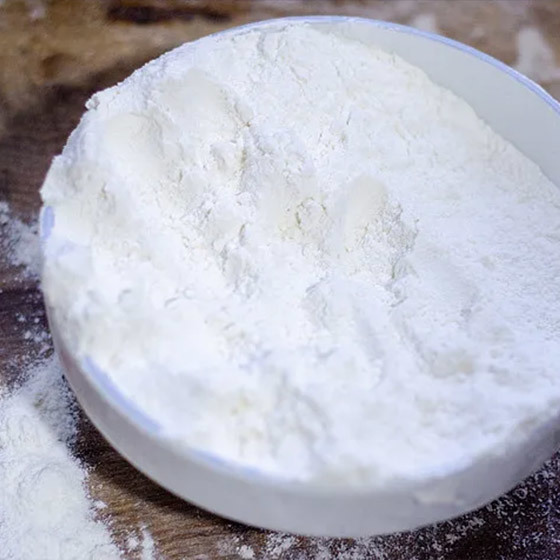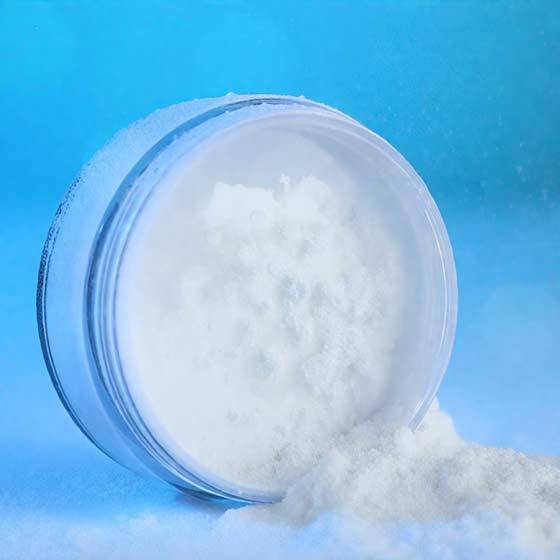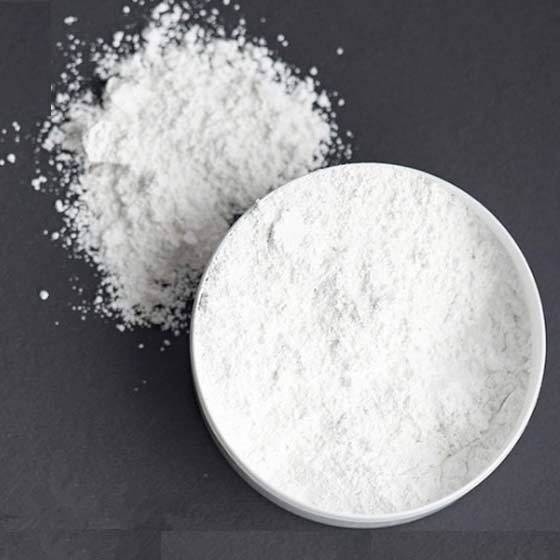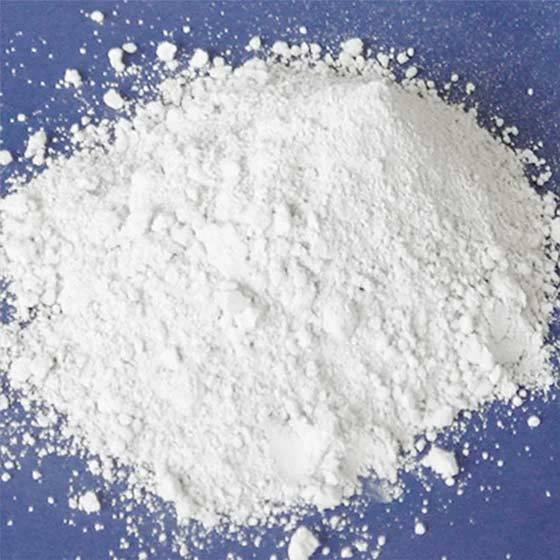Application fields of composite zirconium silicate
Release time:
Jun 17,2025
Composite zirconium silicate is a functionalized material formed by doping, composite modification or combining with other materials on the basis of zirconium silicate (ZrSiO₄). Its performance is more diverse than that of traditional zirconium silicate, and its application field is also wider. The following analyzes its core application scenarios from different industry dimensions:
Composite zirconium silicate is a functionalized material formed by doping, composite modification or combining with other materials on the basis of zirconium silicate (ZrSiO₄). Its performance is more diverse than that of traditional zirconium silicate, and its application field is also wider. The following analyzes its core application scenarios from different industry dimensions:
I. High-end ceramics and refractory fields
1. Advanced structural ceramics
Composite modification direction: composite with ceramic powders such as alumina (Al₂O₃) and yttrium oxide (Y₂O₃) to improve mechanical properties and high temperature resistance.
Application scenarios:
Aerospace: production of engine combustion chamber components, high temperature resistant coatings, to resist extreme temperatures and gas corrosion;
Mechanical industry: wear-resistant ceramic bearings, cutting tools (such as zirconium-aluminum composite ceramic blades), using their high hardness and thermal shock resistance to extend service life.
2. Functional ceramics and electronic ceramics
Composite characteristics: composite with barium titanate (BaTiO₃), zinc oxide (ZnO), etc., to give dielectric, piezoelectric and other functions.
Typical applications:
Electronic packaging materials: Preparation of high-insulation, low-expansion coefficient ceramic substrates for chip heat dissipation and circuit packaging;
Sensor elements: Composite zirconium silicate-based piezoelectric ceramics for sensitive components of pressure and temperature sensors.
3. Refractory material upgrade
Composite application: Composite with magnesia (MgO) and silicon carbide (SiC) to make high-performance refractory bricks and kiln linings.
Advantages: Improve the slag corrosion resistance of refractory materials (such as resistance to slag corrosion in steel smelting), while enhancing thermal shock stability, suitable for high-temperature conditions such as glass kilns and steel blast furnaces.
2. Coatings and coatings industry
1. High-performance anti-corrosion coatings
Composite system: Composite with graphene and epoxy resin to form a "zirconium silicate-organic-inorganic" hybrid coating.
Application scenarios:
Marine engineering: Ship hulls, offshore wind power equipment coatings, both salt spray corrosion resistance and wear resistance;
Chemical storage tanks: Resist erosion by chemical media such as strong acids and alkalis, and extend the service life of equipment.
2. Functional architectural coatings
Composite function: compounded with nano titanium dioxide (TiO₂) to prepare self-cleaning and UV-resistant coatings.
Features: The high refractive index of zirconium silicate enhances the hiding power of the coating, and the composite system can degrade pollutants (such as formaldehyde and organic pollutants), which is suitable for exterior walls and indoor environmentally friendly coatings.
III. New energy and environmental protection fields
1. Battery and energy storage materials
Composite applications:
Solid electrolyte: compounded with lithium lanthanum zirconium oxide (LLZO) and others to improve ion conductivity and used for solid-state lithium battery separators;
Cathode material coating: zirconium silicate composite coating modified lithium iron phosphate (LiFePO₄) to improve the cycle stability and safety of electrode materials.
2. Environmentally friendly catalytic materials
Composite catalyst carrier: compounded with precious metals (such as Pt, Pd) or transition metal oxides, used for automobile exhaust purification (three-way catalytic converter) and industrial waste gas treatment.
Advantages: The high temperature stability of zirconium silicate ensures that the catalyst is active for a long time under high temperature conditions, and its chemical inertness reduces the reaction between the carrier and the active component.
4. Optical and functional composite materials
1. Optical lenses and coatings
Composite applications: compounded with hafnium oxide (HfO₂) and silicon dioxide (SiO₂) to prepare high refractive index optical films.
Scenario: anti-reflection film for camera lenses, coating for laser devices, taking advantage of its optical uniformity and resistance to laser damage.
2. Wear-resistant optical coatings
Composite system: zirconium silicate and diamond nanoparticles are compounded and coated on mobile phone screens and optical glass surfaces to improve wear resistance and light transmittance.
5. Special ceramics and biomedical fields
1. Bio-inert ceramics
Composite modification: compounded with hydroxyapatite (HA) to prepare bone implant materials.
Features: The biocompatibility and mechanical strength of zirconium silicate combined with the osteoinductivity of HA are used for artificial joints and dental restorations.
2. Special ceramic parts
Application: as radiation-resistant ceramics in the nuclear industry (such as nuclear reactor linings), taking advantage of its chemical stability and radiation resistance; in the medical field, it is used to make surgical instrument parts that are resistant to high temperature sterilization.
Learn more about industry dynamics

Provide you with a one-stop solution
PRODUCT CENTER
CONTACT US
Address: Room 306, 3rd Floor, Building 01, Foshan Pan Home E-commerce Creative Park, Shiwan Town Street, Chancheng District, Foshan City, Guangdong Province
Quality of service to win customer satisfaction







